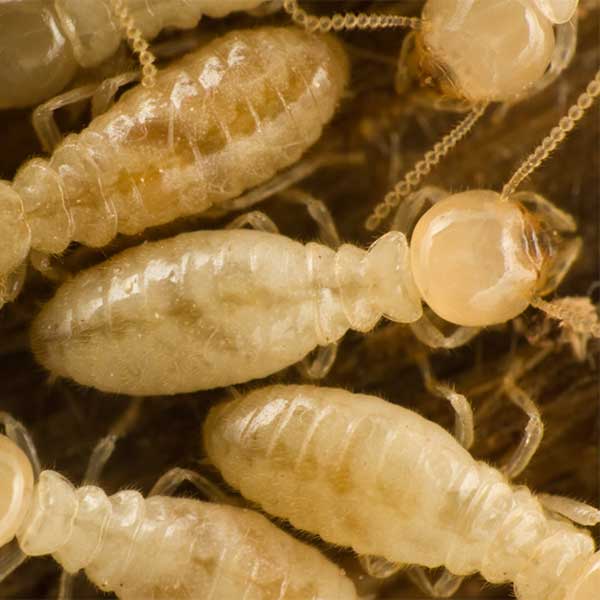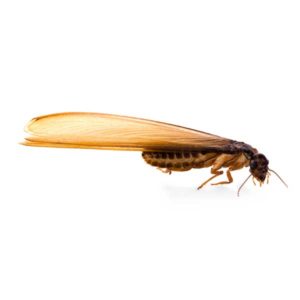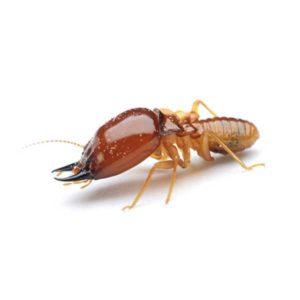Subterranean Termites in Memphis TN Metro Area
In the United States, subterranean termites reign as the most prevalent and damaging termite group. The eastern subterranean, western subterranean, and Formosan subterranean termites stand out as the most common culprits when it comes to destroying wood. These termites have a voracious appetite for cellulose, which forms the primary structural components of plant cells. As a result, any wood materials present in a home serve as potential food sources. Moreover, in their quest for sustenance, termites may harm non-wood materials as well. Termites rarely reveal themselves in the open, making it challenging to detect infestations until substantial damage has already occurred.
Subterranean Termite Habitat
Subterranean termites reside beneath the ground and sustain themselves by consuming plant materials. These resourceful termites construct tunnels, often known as “mud tubes,” as a means of protection against predators and the drying effects of open air. When winged termites are attracted to light, they form swarms that can be observed around doors and windows. After a brief period of fluttering, the termites shed their wings and establish pairs, becoming the king and queen of a new termite colony. One common indication of termite presence is the existence of mud tubes, whether inside or outside a home. Termites construct these tubes, resembling the color of soil, to create a sheltered pathway from the ground to the wood they feed upon.
Subterranean Termite Behaviors, Threats, or Dangers
Due to their cellulose diet, termites view any wood material within a house as a potential source of sustenance. Termites are adept at keeping their activities hidden, and it often takes several years of infestation for visible damage to become apparent. The occurrence of swarming termites or the presence of their discarded wings serves as a clear indication that termites have infiltrated a building. Winged termites are sometimes mistaken for winged ants, but it’s important to note that aside from carpenter ants, most ant species found indoors are merely bothersome and do not cause wood damage.
With how destructive infestations can be and how challenging they are to identify or control, it’s important to enlist the help of a professional termite exterminator if you are worried you may have subterranean termites – or termites of any kind, for that matter.



